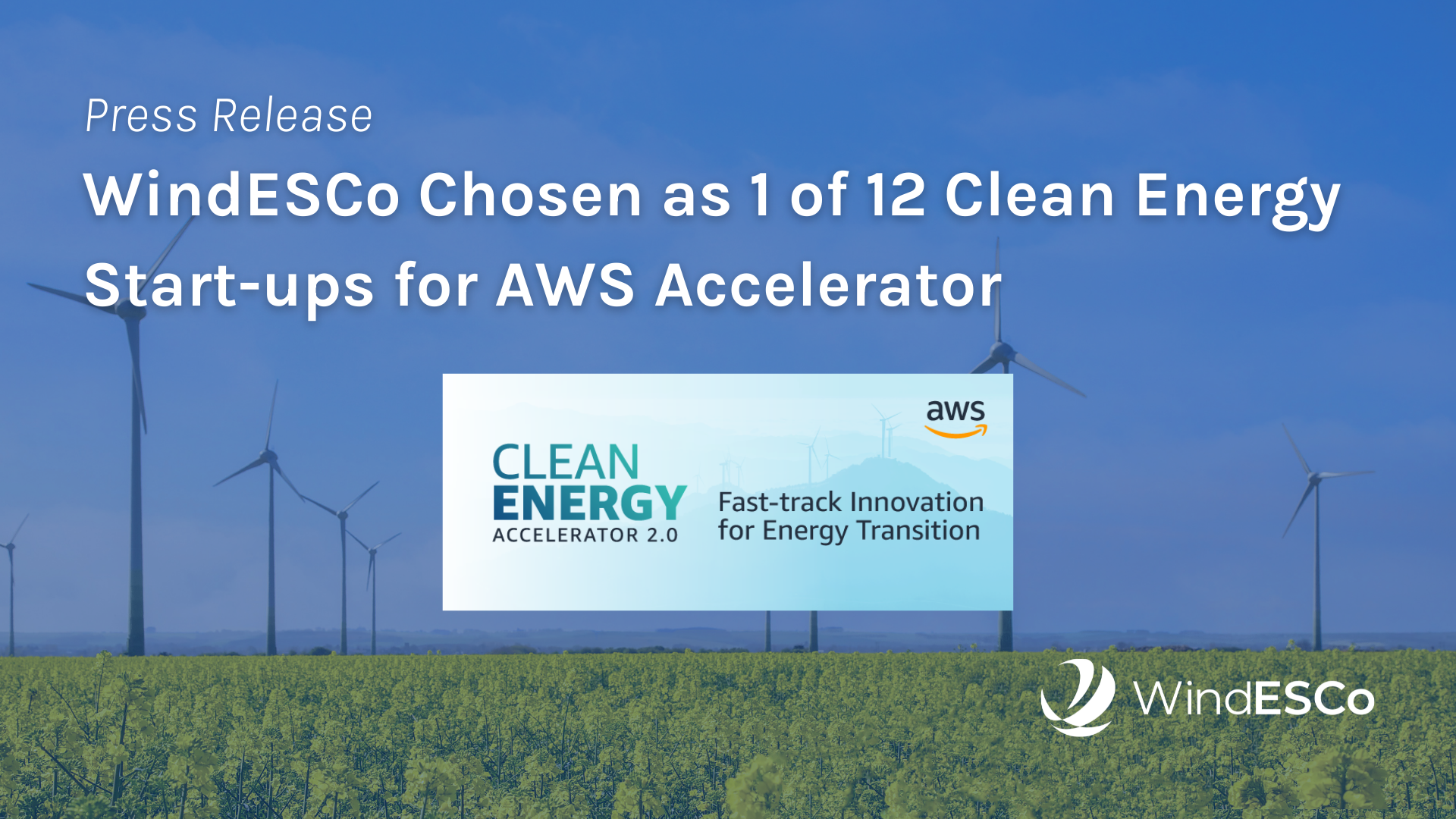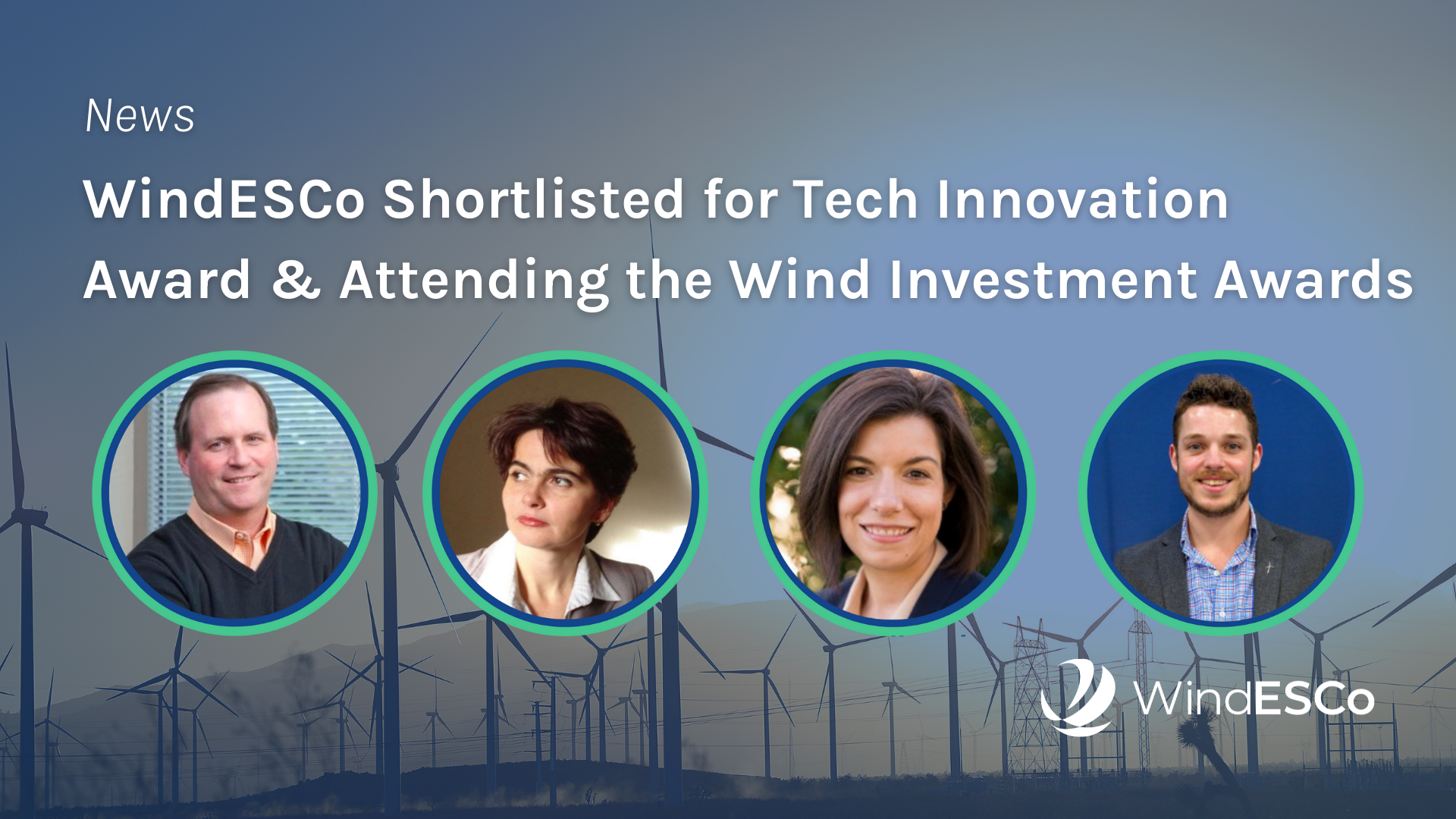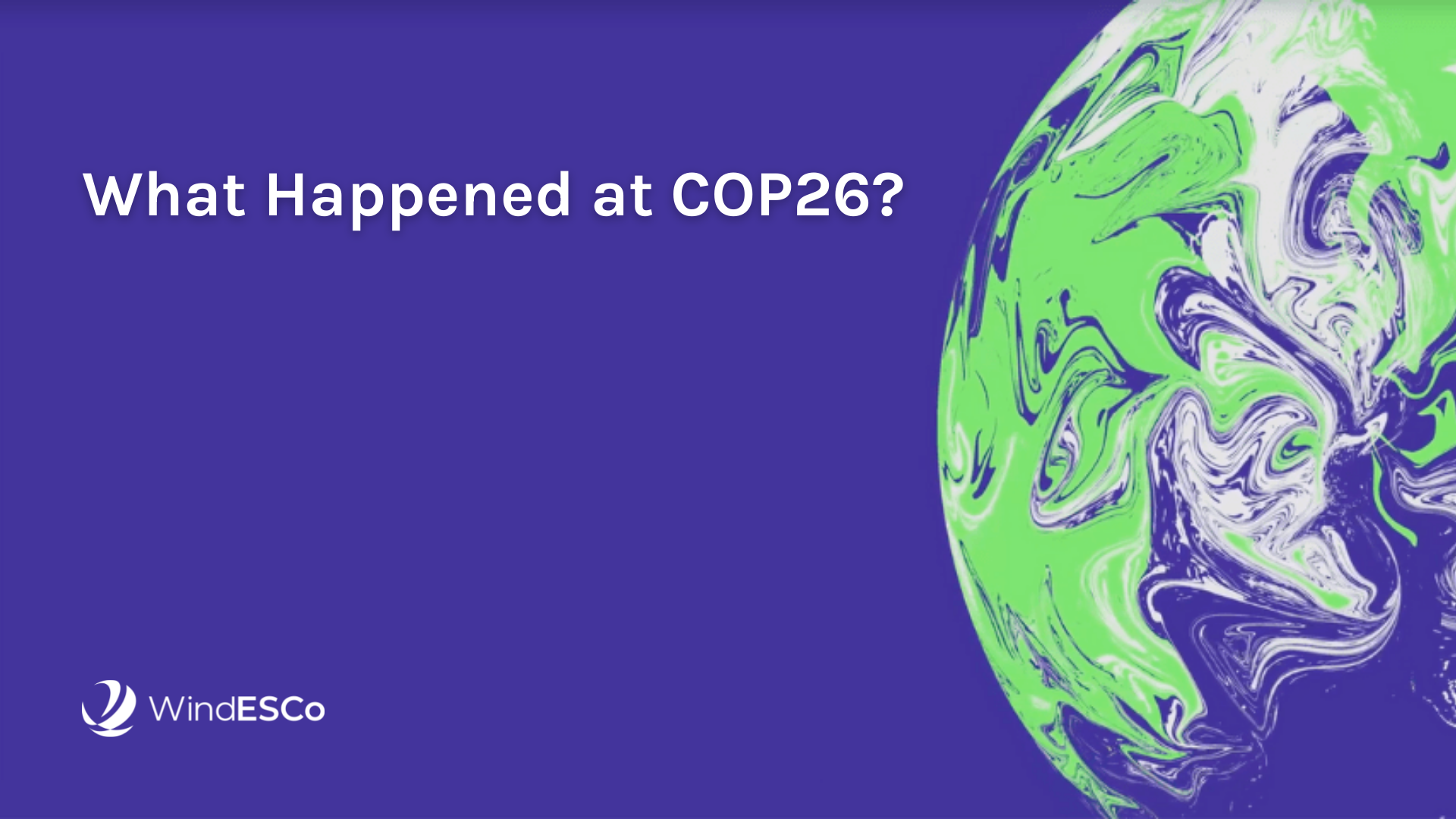Repowering with WindESCo — Underperformance Is Not the End
On December 6-7 WindESCo attended the CLEANPOWER 2021 conference in Salt Lake City. During the show, we exhibited WindESCo Swarm™. We also listened...
COP26 met in Glasgow for 2 weeks, finishing November 13 and running a day longer than expected. Hoping to slow global warming and manage climate change, this is what the 200 participating nations came up with:
Cop 26 Takeaways
How We're Helping
COP26 came to a close in Glasgow November 13th. It is clear that fossil fuels play a major role in global warming. Significantly cutting coal, gas and oil usage along with methane and carbon dioxide emissions will keep global warming below 1.5C.
To replace the energy produced by fossil fuels, renewable energy production needs to increase. Wind energy is currently among the cleanest fossil fuel alternatives. Wind turbine energy production limits air pollution and CO₂ emissions because it does not use fossil fuels. Wind farms also save water because they do not use it to cool their systems down, unlike coal-fired power plants.
Maximizing green energy production, WindESCo’s solutions access untapped potential at existing wind sites, offsetting the need for fossil fuels. WindESCo uses high speed data to determine if wind turbines are operating below potential. Then, we fix the underperformance. This results in a 1-2% AEP increase. Improving output just a few percentage points is equal to installing an additional turbine for every 20 turbines within an existing fleet over five years. Further, WindESCo often achieves results like this for customers without needing to step foot on-site or make physical upgrades to equipment.
To continue increasing wind power, WindESCo recently announced its latest innovation, WindESCo Swarm. Swarm takes maximizing AEP of existing assets to a new level through collective control, increasing AEP by 3-5% site-wide. This allows turbines to learn from and adapt to their neighboring turbines, creating a cooperative turbine control system. Swarm creates retrofit and repowering opportunities that will substantially improve production worldwide at wind sites without the need to build new turbines. Swarm will also ensure that every last MW is captured at new sites.
With accessible wind energy, we can all rely less on fossil fuels during the energy transition. WindESCo helps decrease CO₂ emissions by increasing renewable wind energy output across wind farms, resulting in increasingly more accessible wind energy.

On December 6-7 WindESCo attended the CLEANPOWER 2021 conference in Salt Lake City. During the show, we exhibited WindESCo Swarm™. We also listened...


1 min read
WindESCo Swarm™ made it to the shortlist for the Technology Innovation Award category as part of the 2022 Wind Investment Awards. Swarm is the first...
